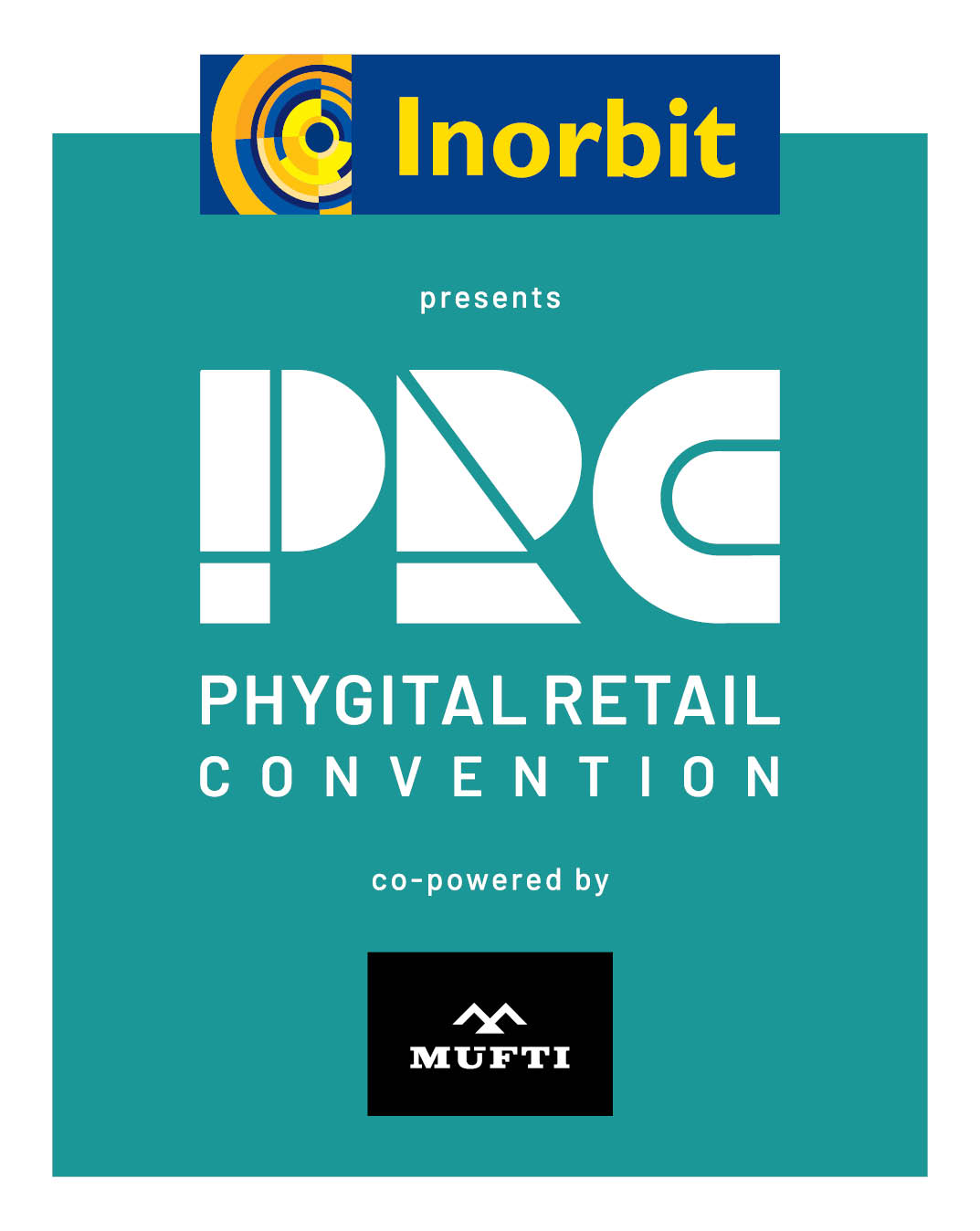Brands are struggling to track stock in real-time and integrate legacy systems with modern tech while ensuring efficiency and accuracy.
New Delhi: While AI and automation investments are shaping the future of fashion retail, inventory management remains a foundational challenge for both offline and online players.
From tracking stock in real-time to seamlessly integrating legacy systems with modern technology, brands are grappling with solutions that deliver both efficiency and accuracy.
Representatives of different brands told IndiaRetailing that one such technology under scrutiny is RFID (Radio Frequency Identification), which offers the promise of faster store audits, better inventory accuracy, and improved warehouse visibility. However, implementing RFID at scale is proving to be far from straightforward.
Beyond inventory, RFID also helps track product movements, manage returns seamlessly, reduce shrinkage, and unlock valuable data on customer preferences and shopping patterns, empowering retailers to make faster, smarter business decisions. Despite these benefits, many fashion retailers are struggling with its implementation due to high costs, quality concerns, and integration challenges.
High costs & quality concerns
Rupendra Kumar Nigam, Head IT (VP) at Spykar Lifestyles Pvt. Ltd., acknowledges that while RFID has the potential to streamline inventory management and enable faster physical audits, the high cost of implementation and concerns over tag quality remain significant barriers. The cost of RFID tags, hardware, and integration with existing systems is still too high, especially when considering garment handling, where folding or stacking can damage the tags.
Even larger players struggle to justify the return on investment (ROI). Nigam emphasises that accurate data is essential for technologies like AI and RFID to be effective, highlighting that without reliable data sources, even the best technological solutions will fail.
Vendor support and tag quality have also emerged as major pain points. Many vendors offer RFID solutions but fail to provide adequate after-sales support, making it particularly challenging for retailers dealing with older inventory that needs retrofitting with RFID tags. While RFID tag costs have declined over time, so has their quality, leading to issues such as damaged or unreadable tags. Spykar is currently working with vendors to explore RFID further, but a widespread rollout will depend on cost efficiencies and better vendor accountability.
Sumit Jasoria, Founder of Newme, acknowledges RFID’s potential for store inventory, audits, and warehouse management but points out that the initial investment is daunting. The quality of RFID tags is inconsistent, and their costs—sometimes double or even two-and-a-half times the expected amount—immediately impact profitability. While larger brands may be able to absorb these costs, smaller players must think carefully before making such a significant investment. According to Jasoria, RFID technology works well when implemented correctly, but as long as the price of tags remains high and vendor support is inconsistent, scaling up will remain a challenge.
Operational challenges and technical limitations
Zahid Ansari, VP-Information & Retail Technology at Forever New, highlights unintended product scanning as a major issue, where RFID scanners pick up signals from all nearby products. This creates discrepancies between physical and system inventory, leading to inaccurate stock levels and potential order fulfilment issues. Another challenge is the high cost of outfitting every store with RFID scanners, which requires substantial capital investment. Implementing the tagging process at stores is also complex, requiring staff to identify products with missing RFID tags and manually attach new tags. This not only adds to their workload but also increases the risk of tagging errors.
Interference from metal racks further complicates RFID scanning, as metal surfaces disrupt signals, making it difficult for scanners to read tags on products placed on or near metal shelves. Jewellery and accessories pose unique challenges due to their material composition and tag placement. Metal-based jewellery, for example, causes signal disruption, leading to scanning failures.

Similarly, thin tags attached to small or intricate jewellery pieces are often missed by scanners. Bags with internal tags require staff to manually open them and adjust the tag’s position to ensure successful scanning, adding to operational inefficiency. In busy store environments, signal overlap and clutter also affect scanning accuracy. Multiple tags nearby can cause signal interference, making it harder for scanners to differentiate between items. This increases the likelihood of missed or duplicate reads, necessitating manual corrections.
Achieving ROI requires a long-term vision.
Rajgopal Nayak, Chief Technology Officer (CTO) at Metro Brands, takes a more balanced view, arguing that while upfront costs are high, the long-term operational efficiencies and inventory accuracy gains justify the investment. According to Nayak, the key is to aim for a return on investment within two to three years. The benefits—such as reduced stockouts, shrinkage control, faster stock counts, and improved customer experience at checkout—make RFID a transformative investment, but only if implemented correctly.
For RFID implementation to succeed, retailers must address several critical factors. Many existing point of sale (POS) and enterprise resource planning (ERP) systems are not RFID-ready, making integration a costly and complex process according to some experts.
Ensuring that suppliers tag products uniformly is essential to avoid rework at distribution centres or stores. Educating and aligning suppliers early on the benefits of RFID can smooth the transition, with source tagging (tagging at the manufacturing stage) considered a best practice. While prices are falling, quality concerns persist, and in rare cases, tags can be reused, though this remains uncommon in fashion retail. Effective training and change management are also essential to ensure store teams adopt and use RFID correctly. Nayak emphasises that RFID is not a magic bullet but, with the right approach, can transform inventory management and drive operational excellence.
RFID as a long-term investment
Bhavin Kothari, Chief Information Officer (CIO) & Head of Supply Chain & Logistics at Ace Turtle, states that while RFID implementation requires a significant upfront investment in tags, readers, and integration with existing systems, the long-term ROI is substantial. When considering operational efficiencies and revenue gains, RFID has the potential to revolutionise stock audits, reducing the time required from several hours to just minutes. This translates into significant labour cost savings.
The long-term benefits of real-time inventory visibility and omnichannel fulfilment efficiency outweigh the initial costs. However, he acknowledges that the cost of RFID tags fluctuates significantly due to macroeconomic and geopolitical considerations. Despite these fluctuations, tag quality has improved, with better read accuracy, durability, and compatibility across different product categories.
Rajesh Verma, Chief Information Officer (CIO) at Indian Terrain, believes that RFID is not widely accepted due to the high capital and operational expenses involved. However, for larger companies that need to track not only inventory but also the complete product journey, RFID proves to be a valuable and effective tool. While the technology has become more accessible in recent years, its adoption across the fashion retail sector will depend on improving cost efficiency, ensuring better vendor support, and achieving seamless integration with existing retail systems.
Despite its challenges, RFID remains a transformative technology in fashion retail. Brands that successfully navigate their costs, vendor-related hurdles, and implementation complexities will be better positioned to leverage their full potential, improving operational efficiency and customer experience in the long run.


